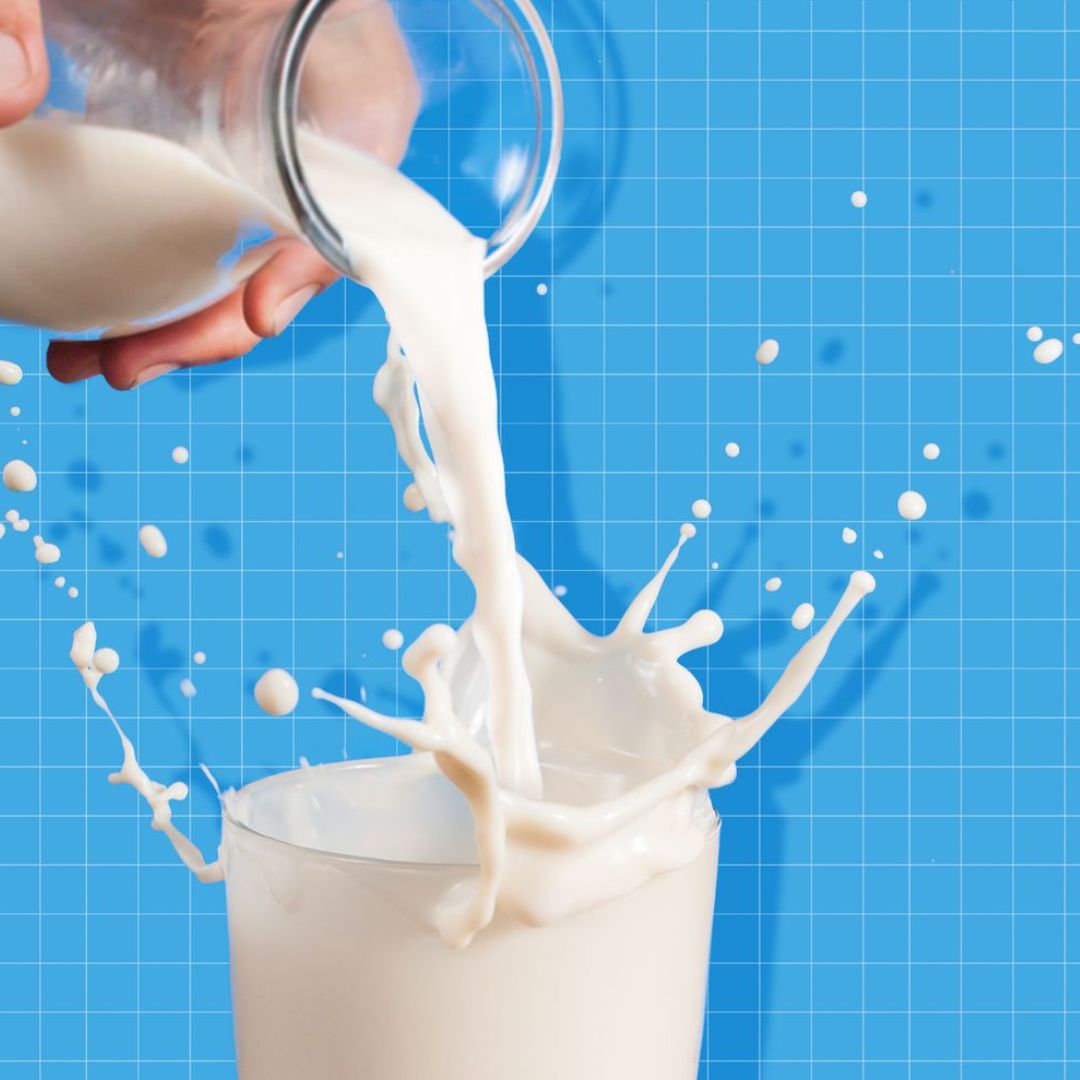Caring for and Using Milk Glass: Tips and Guidelines
Introduction:
Milk glass, also referred to as opal glass, possesses timeless beauty and practicality, often taking the form of large bowls or bowl-like containers. However, some potential buyers are deterred by its appearance, mistaking it for being dirty or discolored. This guide will provide insights into milk glass care and usage, addressing questions regarding its fragility, safety, and cleaning methods.

1. Is milk glass delicate and easily breakable?
Milk glass is indeed delicate due to its relatively thin composition and intricate designs that can compromise its structural integrity. Like any glassware, it will break upon impact if dropped. Unfortunately, repairing milk glass is challenging, as it tends to shatter into small shards, making complete restoration nearly impossible. In cases where repairs are attempted, the cracks often remain visible, with the success of hiding them varying based on their location and the purpose of the milk glass.

To prevent breakage, it’s advisable to have your milk glass carefully wrapped in glass paper when purchasing it or when moving it to a new location. Using bubble wrap before packing it in a box during relocation can also provide an additional layer of protection.
2. Is Milk Glass Safe to Use?
Milk glass is generally safe to use. Antique pieces, primarily those from the early 1800s, may contain traces of lead in the paint. However, these minimal amounts of lead are not harmful when using the milk glass for serving food. It’s worth noting that even modern glassware can contain small traces of lead.
To determine if your milk glass contains lead, gently tap the outside of the glass with your knuckles. If it produces a bell-like sound, it may contain lead. You can also use a home lead test kit to assess the lead content in your milk glass.
Milk glass typically contains ingredients like bone ash, feldspar, tin dioxide, arsenic, or antimony, contributing to its opaque appearance.
3. How Do You Clean Milk Glass?
Cleaning milk glass is a straightforward process, provided you use the appropriate cleaning agents. Avoid using harsh chemicals like bleach, as they can damage the glass and its decorative designs.

4. Cleaning Methods for Milk Glass:
- Baking Soda and Vinegar
- Water and Soap
- Water and Cleaning Tablets
- Water and Ammonia
When cleaning a newly purchased milk glass container, begin with a gentle soap and water solution. For persistent stains or dirt, consider using baking soda and vinegar or cleaning tablets mixed with water. Denture cleaning tablets can work wonders. Do not use bleach on milk glass.
To clean your milk glass effectively, fill a large tub with warm water and the chosen cleaning solution. Place the milk glass in the tub, allowing it to soak for at least 30 minutes. Use a toothbrush to gently remove dirt from crevices. If the milk glass is too large for the tub, flip it after 30 minutes to soak the other side. After thoroughly cleaning, air dry or use a lint-free towel to dry the glass.
Never place milk glass in a dishwasher, as it is fragile and can break or chip when it comes into contact with other dishes.
For stained milk glass, create a solution by mixing 1 part ammonia with 5 parts water in a spray bottle. Spray the solution onto the stained area, allowing it to sit for about 5 minutes. Wipe away the solution with water and dry the glass with a towel.
Conclusion:
Milk glass, known for its opaque or translucent appearance, offers both aesthetic appeal and functionality. It comes in various colors and designs, making it a versatile addition to your home decor. Caring for milk glass is a simple process—clean it gently and thoroughly upon purchase, place it on display, and fill it with your choice of items. With proper care, milk glass can be a statement piece in your home, combining beauty and utility.
